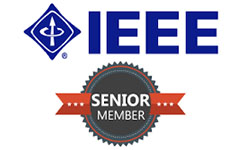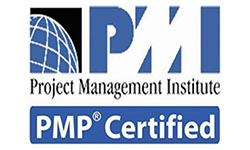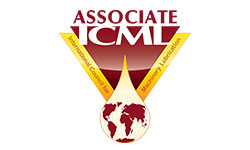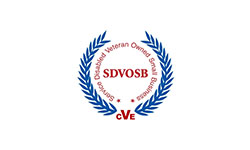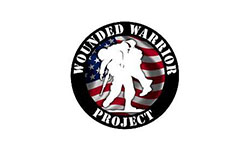MECHANICALS FUNDAMENTALS AND TROUBLESHOOTING
This development course is available in both virtual and in-person, instructor-led formats, it is a two-day Mechanical Fundamentals & Troubleshooting course that will provide your team a new perspective on troubleshooting mechanical drives and rotating equipment to prevent costly downtime.
Description:
Regardless of the precautions you’ve taken and preventive maintenance practices you’ve implemented, sometimes things just go wrong, and you need it fixed now. But to fix it you must know how to isolate and define the problem, and that’s what this course is all about – teaching you how to quickly and accurately troubleshoot mechanical drives and rotating equipment. Rather than teaching about “equipment specific” situations TPS will take a more novel approach: troubleshooting based on the common components that make up a piece of specified equipment, regardless of its function, design or manufacturer. You will learn about basic mechanical applications, failures, life expectancy and maintenance of shafts, bearings, couplings, chains, sprockets, bushings, gears, belts, sheaves and other mechanical components. You’ll learn what data to measure, track and trend, so that when equipment fails you can get quick answers to what is wrong. Most importantly you will learn how to find and fix the real problems with your equipment, and not just the symptoms. No matter what type of equipment you may confront on the job, after attending this workshop you will have the tools & skills to properly troubleshoot just about any problem you may encounter.
Course Outline:
Day One – Topics
Day One focuses on understanding machine components and failure
mechanisms. This day is a critical building block for the second day of the seminar. Introduction
Overview of Rotating Equipment
What is Common to All Types of Equipment?
The Maintenance Educational Component (MEC)
1. Definition
2. Application
3. Understanding How Equipment Works
Bearings
1. Anti-Friction
2. Plain
Measurement of Critical Components
1. What to Measure
2. How to Measure
3. Watching for Trends
Shafting
1. Types of Shafts
2. Uses and Applications
3. Repair and Maintenance
Housing
1. Types of Housing
2. Re-machining and Repairs
Lubrication
1. Importance of Lubrication
2. Types of Lubrication
3. What Needs to be Lubricated
4. How & When to Lubricate
Shaft Couplings
1. Component Overview
2. ErrorsofOmission
3. Maintenance
V-Belts
1. Uses for Equipment
2. Failure Modes
Chain Drives
1. Component Overview
2. “Pitching” a Solution
Positive Drive Belts
1. Reducing Tension Headaches
Gears and Gearing
2. Removing the Mystery
3. Repair and Maintenance
Day Two – Topics
Day 2 emphasizes troubleshooting faults and applying corrective action.
Vibration Analysis
1. SimpleMeasurementPractices 2. Using Data for Troubleshooting
Fast Fault Finding
1. Vibration as Your Tool
Acoustical Troubleshooting
1. Using Sound as a Tool
2. What to Listen for
Infra-red Inspection
1. Methods & Devices
2. When to Use it
3. What Your Readings Mean
Oil Analysis
1. Hidden Problems Revealed
2. Analyzing Your Oil
3. Corrective Action
Motors
1. Using the Nameplate for Information
2. Sizing the Motor to the Job
Megger Testing Troubleshooting Trees
1. Types and Uses
2. How They Work
Basic Troubleshooting
1. Best Practices
2. Minimum Changes to get Maximum Results
Pumps, Blowers and Fans
1. The Most Common Problems
2. Looking for the Obvious
3. Noise and Capacity Changes
Other Rotating Equipment Review
1. What Applies to Your Job
2. What Will You Do when You Return to Your Job?

